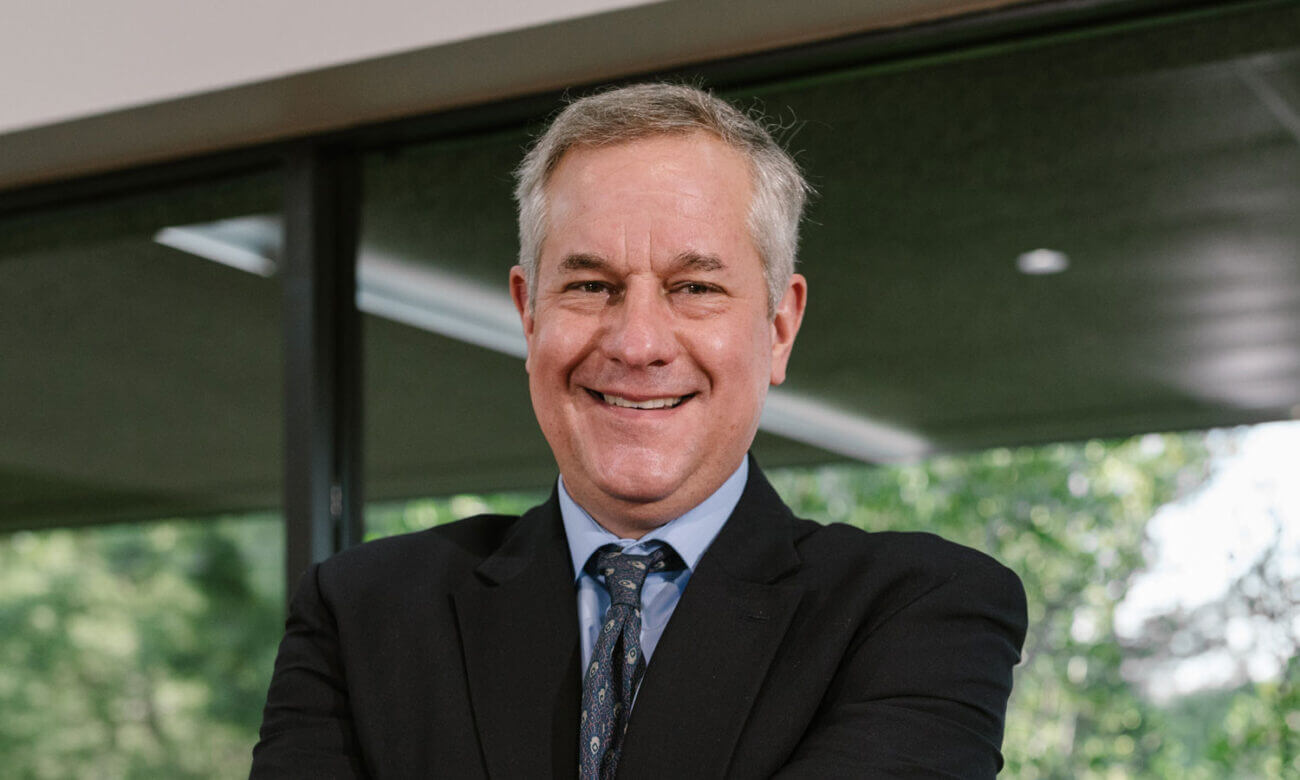How Canadian investors are responding to inflation fears
Not surprisingly, inflation is of particular concern to retirees and those hoping to retire soon. A recent Leger/Questrade poll, entitled the 2023 RRSP Omni report, found that while 87% of Canadians are worried about rising prices, many are still looking to invest. In fact, 73% of registered retirement savings plan (RRSP) owners plan to contribute this year, and so do 79% of those with tax-free savings accounts (TFSAs). The confidence in investing is surprising despite the fact Canadians are fretting over how inflation will impact the value of their RRSPs (69%) and TFSAs (64%). And 25% are “very” concerned about inflation and a possible recession. (I also wrote about this on my own site findependencehub.com.)
This does “raise questions about the ability of Canadians to control their financial future, especially when it comes to retirement,” according to the report. It’s most acute for those with annual incomes below $100,000, a group that may have to draw upon savings or investments to cover expenses in 2023. Less than half are confident about their financial future: “Only those making over $60,000 have confidence in their own financial future despite the current state of the economy.”
Given these concerns, it’s encouraging that 75% are still saving for retirement in some way or another. According to the same Leger/Questrade report, in 2021, the single biggest savings vehicle was RRSPs, cited by 42%; then TFSAs, cited by 40%. Given that RRSPs have existed since 1957 and TFSAs were only introduced in 2009, I’d say it’s significant that TFSAs have almost pulled even. However, only 26% reported contributing to workplace pensions.
What about tax brackets and inflation?
Despite the gloom over soaring inflation and rising interest rates, there is a silver lining, mostly associated with Ottawa and taxes. Because tax brackets and contribution levels are linked to inflation, savers may benefit from a little more tax-sheltered (or tax-deferred) contribution room this year.
The maximum RRSP contribution limit for 2023 is $30,790, up from $29,210 in 2022, for those who earned more than $170,055 in 2022. And, because of an inflation adjustment, the TFSA contribution room for this year is now $6,500, up from $6,000 each year from 2019 to 2022. The cumulative TFSA limit is now $88,000 for someone who has never contributed to one and was born in 1991 or earlier.
A common complaint from taxpayers is that inflation results in so-called “tax bracket creep,” whereby inflation pushes taxpayers into higher tax brackets. Fortunately, the Canada Revenue Agency (CRA) tries to mitigate this by adjusting tax brackets to inflation, and it can mean earning a little more income in lower tax brackets. The CRA reports that the indexation increase is 6.3% for 2023 tax and benefit amounts, and that the 2023 federal tax brackets are:
| Annual Income (Taxable) | Tax Brackets | Tax Rates | Maximum Taxes Per Bracket | Maximum Total Tax |
|---|---|---|---|---|
| Up to $53,358 | The first $53,358 | 15% | $8,004 | $8,004 |
| $53,359 to $106,716 | The next $53,357 | 20.5% | $10,938 | $18,942 ($8,004 + $10,938) |
| $106,717 to $165,429 | The next $58,712 | 26% | $15,265 | $34,207 ($15,265 + $18,942) |
| $165,430 to $235,674 | The next $70,244 | 29% | $20,371 | $54,578 ($20,374 + $34,207) |
| Over $235,675 | Over $235,675 | 33% | n/a | n/a |
Another break is that the yearly “tax-free zone” for all who earn income is rising. The Basic Personal Amount (BPA)—the annual amount of income that can be earned free of any federal tax—is rising to $15,000 in 2023, as legislated in 2019.
Jamie Golombek, managing director for tax and estate planning at CIBC Private Wealth, recently wrote on the FinancialPost.com that higher-income earners may not get the full, increased BPA but will still get the “old” BPA, indexed to inflation, of $13,521 for 2023.


